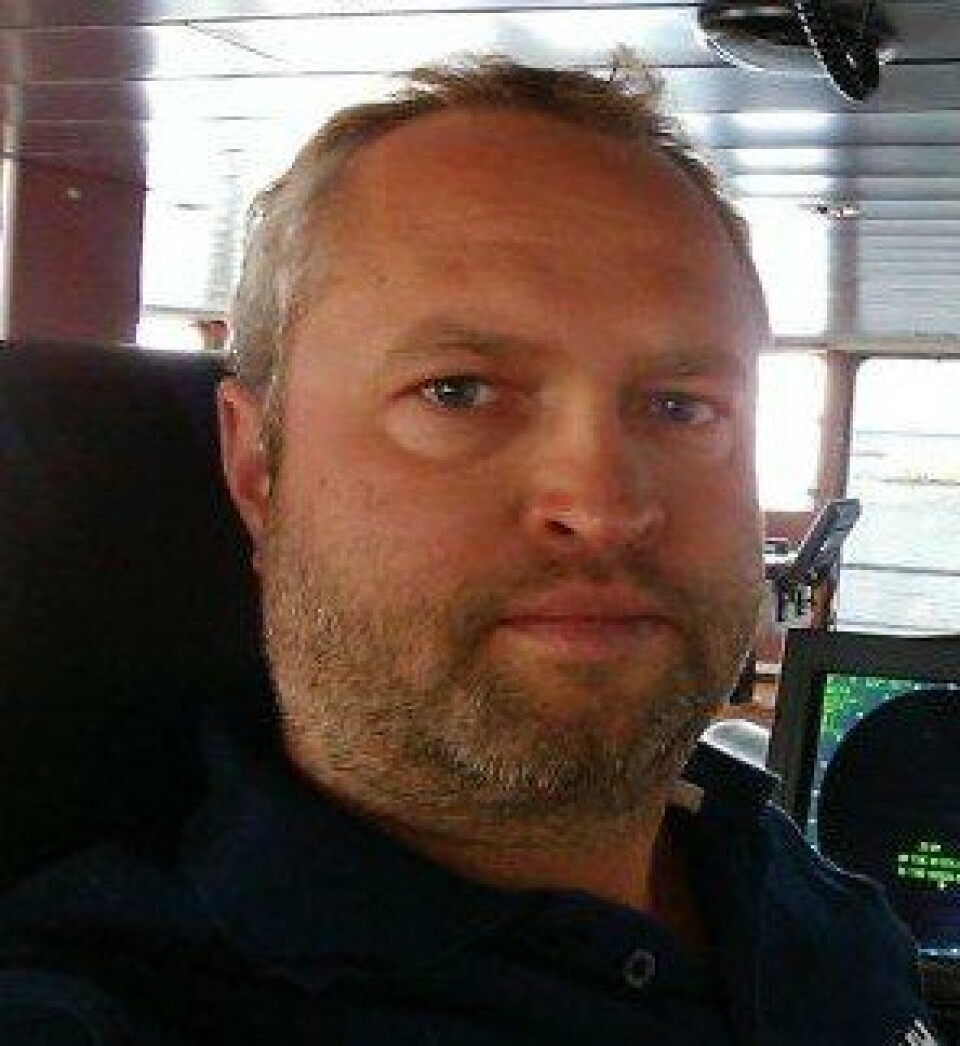World’s first hybrid wellboat charges into action
The world’s first hybrid wellboat, the Ro Vision, has gone straight into service for Norwegian salmon farmer SalMar after being delivered to wellboat services provider Rostein.
One of the four 1300 kW diesel generators that would normally be on board a vessel of its type has been replaced by a 600 kW battery pack.
“The wellboat has an electric motor that propels the boat, power generation comes from three diesel generators and a large battery pack,” Rostein vice president Glen Bradley explained to Fish Farming Expert’s Norwegian sister site. Kyst.no.

“We are now excited to gain experience with SalMar on how a hybrid setup works in wellboat operations.”
NOx reduction
The Ro Vision is the first of two hybrid wellboats from Norwegian shipbuilder Larsnes Mekaniske Verksted AS. Its identical sister ship, the Ro Venture, is currently being fitted out at the yard and will be delivered in the summer.
As well as a battery pack, each boat has a selective catalytic reduction (SCR) system to reduce nitrogen oxide (NOx) emissions from the diesel engines.
The vessels also have expanded shore power capacity.
“Ro Vision is a new type of wellboat and is our first hybrid vessel. We are an innovative company and take on a lot of new things all the time. This effort underpins our soul, which is a commitment to new technology,” said Bradley.
Peak shaving
The executive added that the battery pack is intended to allow so-called “peak shaving”, which involves proactively managing overall demand to eliminate short-term demand spikes.
“When we are in operation, energy consumption varies a lot, and then we can save and run an extra motor that has little to do by draining the battery instead of having enough energy to take the peaks. At the same time, in situations where we have overproduction of energy, we can use it to recharge the batteries,” he explained.
Better backup
Another area where the wellboat scores is when it approaches the cage edge.
“When the wellboat navigates close to the cages, we usually have to run two engines to have redundancy, which is a backup in case something happens to the engine or it stops. It is a waste [of power] and a strain on the engine that has to start and stop a lot,” said Bradley.
“Ro Vision, on the other hand, can cut this off because the battery pack will provide enough backup and redundancy for the vessel.”
Just the start for wellboats
Bradley pointed out that this is just the beginning of Rostein’s green shift, and the wellboat is an example of being able to optimise technology that is already available.
He noted that there is still a long way to go before the wellboat industry can call itself green.
“There will be a modest optimisation of the technology today. Unfortunately, the maritime industry is probably many years away from being able to phase out fossil fuels. We expect to see some reduction in fuel consumption, but that is not the big impact yet. But we hope that much of our tonnage will become hybrid eventually,” he told Kyst.no.
Adapted design
The Ro Vision was designed by Rostein together with Ship Competence in Måløy, and is the sixth boat based around a common design solution developed for Rostein. The ship is a longer version of the sister ships Ro Fortune (2018), Ro West (2017), Ro North (2016), Ro Server (2016) and Ro Arctic (2014).
The vessel’s capacity is 400 cubic metres more than the sister ships and is 3,900m³.
Bradley said the vessel will have a crew of around 14-16 people, depending on seasonal variations.























































